Small Prostate MRI Phantom
An MRI phantom is a verification device, typically representing a human body part. It’s used to evaluate, analyze, and tune the performance of an MRI scanner and RF coils.
This phantom represents the pelvic area and upper thighs of an small, underweight man.
The main body of the device is a hollow vessel for a saline solution (manganous chloride 4-hydrate, sodium chloride, water). The thighs are not filled with fluid but are an anthropometric approximation helpful for coil design.
It was made from nylon using selective laser sintering. Only one was needed so a 3d printing process was ideal for the job.

Small Prostate Phantom
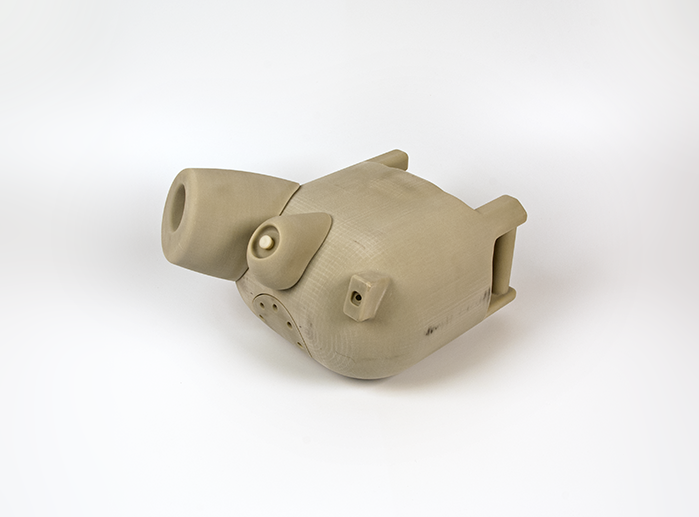
Small Prostate Phantom
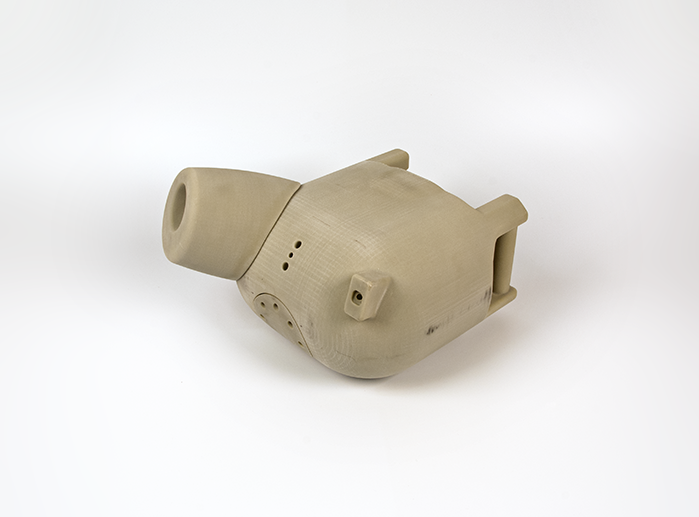
Small Prostate Phantom
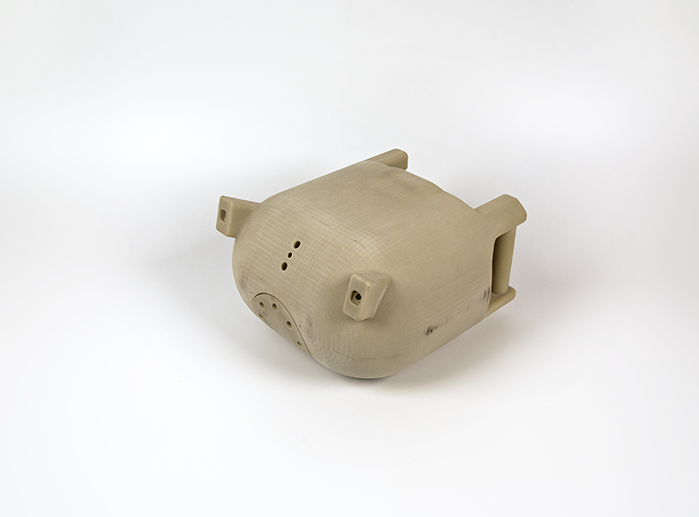
Small Prostate Phantom
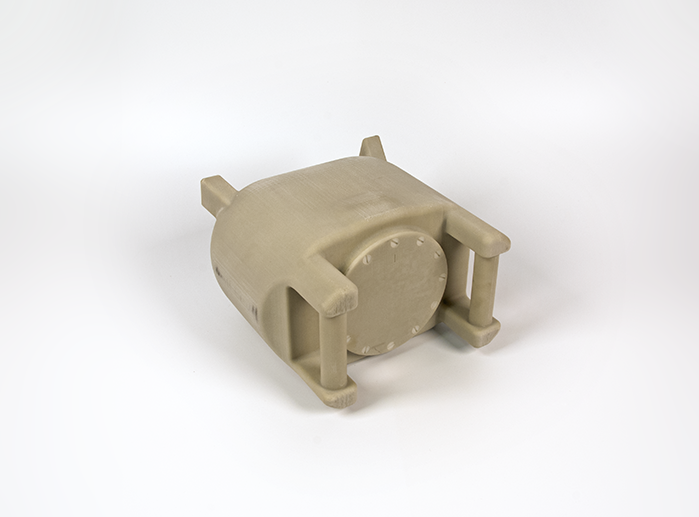
Small Prostate Phantom

Small Prostate Phantom
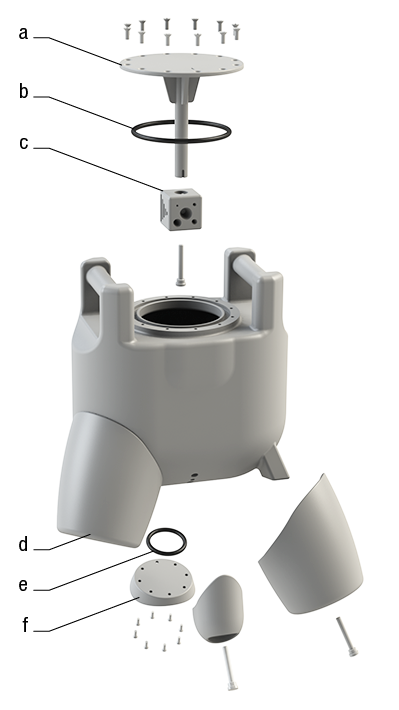
Phantom Components
- Cover
- Large O-ring Gasket
- Resolution Block - made with cutouts of various size and shape which are used as targets during scanning
- Leg
- Small O-ring Gasket
- Rear Opening Cover
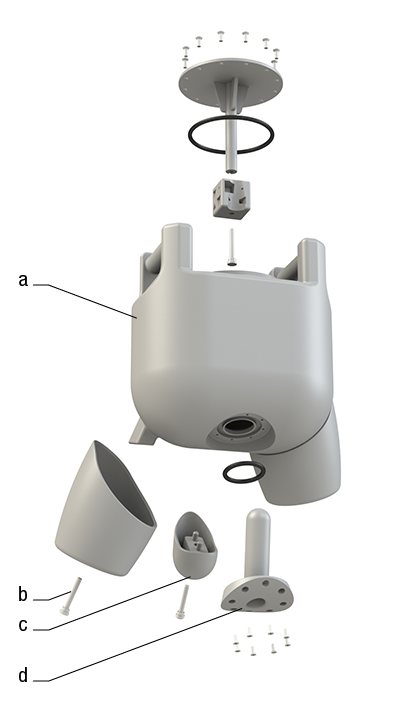
Phantom Components
- Phantom Body
- Plastic Thumbscrews - used to attach the removable parts of the phantom
- Genitalia Placeholder
- Rear Opening Cover - with recess for endo-rectal MRI coil
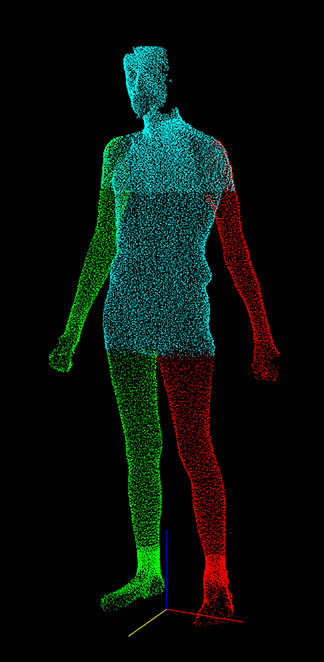
The starting point for design was 3D scans of volunteers available from software made for the garment industry. This individual is 69" tall, weighs 117 lb, has a 29.7" waist, and is 56-65 years old.

The point cloud was made into a surface model of the pelvic area and thighs.
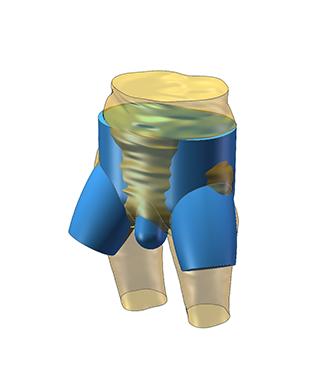
The surface model was then imported into SolidWorks and used as reference geometry for a solid model.

The complete SolidWorks model.

